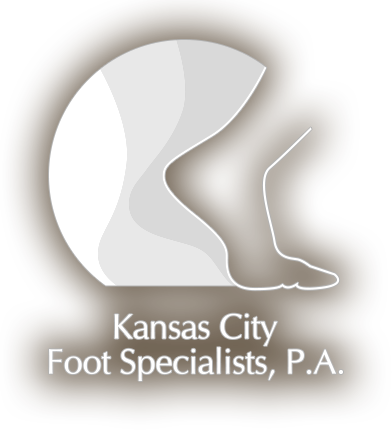Acute compartment syndrome
Acute compartment syndrome most often occurs from a direct, traumatic injury to the lower leg or foot. Blood will fill this area, but due to the increased pressure, has no way to escape. While there are several types of injuries that can cause acute compartment syndrome, those with calcaneus fractures (fractures of the heel bone) appear to be at greater risk. The primary symptom of acute compartment syndrome is pain that is far greater than expected for the injury. This pain often increases with passive dorsiflexion, which is manipulation of the toes by hand and must be performed if there are fractures of the toes or bones of the forefoot. Some patients with advanced compartment syndrome may also experience loss of the pulses in the foot or numbness of the foot.
Treatment for acute compartment syndrome
Treatment for acute compartment syndrome must be initiated as soon as possible, and the affected foot or leg should be elevated above the level of the heart immediately. The primary treatment is fasciotomy — the surgical release of the fascia and tissues around the affected area. This surgery is serious and requires hospitalization, but it will often save the affected limb. It is critical to seek treatment as soon as possible after the onset of symptoms, since delaying treatment can increase the risk of complications, including possible loss of the foot or leg if left untreated for too long.
Chronic exertional compartment syndrome
Chronic exertional compartment syndrome (CECS) is less critical, but still serious, and is commonly seen in athletes who engage in regular, heavy training. While acute compartment syndrome typically occurs due to injury and inability of blood to escape the affected area, CECS is caused by the muscles in the compartment that expand in volume due to increased blood flow. In athletes, the sheath around the muscles often becomes thicker and tighter over time, preventing the muscles from expanding over time.
Many athletes mistake pain along the front of the shins for shin splints when they actually have CECS. For runners, the pain usually occurs 20 to 40 minutes into a run and may be so severe that continuing is impossible. Usually the pain occurs at the same point every time during an activity — after the same duration, at the same mile marker, and so on — and is relieved soon after stopping. CECS is usually diagnosed by first ruling out other injuries and conditions, including shin splints, stress fractures, tendonitis, and muscle strains. Although those with CECS are not at risk for immediate disability like those with acute compartment syndrome, treatment is eventually required to prevent further complications.
Treatment for chronic exertional compartment syndrome
Thankfully, treatment for chronic exertional compartment syndrome is typically much less traumatic than treatment for acute compartment syndrome. CECS is often successfully treated with simple modifications to activity or shoes. Many athletes find relief by altering their activity, including the duration, frequency, and intensity, or by using functional foot orthotics. Functional foot orthotics are custom-made shoe inserts designed for your specific foot anatomy. However, some patients find that these measures don’t go far enough, and may still need to undergo surgery to release the sheath around the affected muscles. Your podiatrist at Kansas City Foot Specialists will work with you to determine the best course of action if you are diagnosed with chronic exertional compartment syndrome.
To learn more about compartment syndrome, or to have your symptoms evaluated, call your podiatrist at Kansas City Foot Specialists today at (913) 338-4440 to schedule an appointment.



